Intro
When it comes to Halloween aesthetics, I will definitely think of “Gothic”. Gothic is the most popular and widely used style in Halloween aesthetics, and it is becoming more and more popular now. But when it comes to “Gothic style”, most people will first think of witches or crosses, and then think of some dull and dark costumes, as if they are vampires walking out of a medieval castle; or some people wearing black clothes and drawing smoke model with smoky makeup.
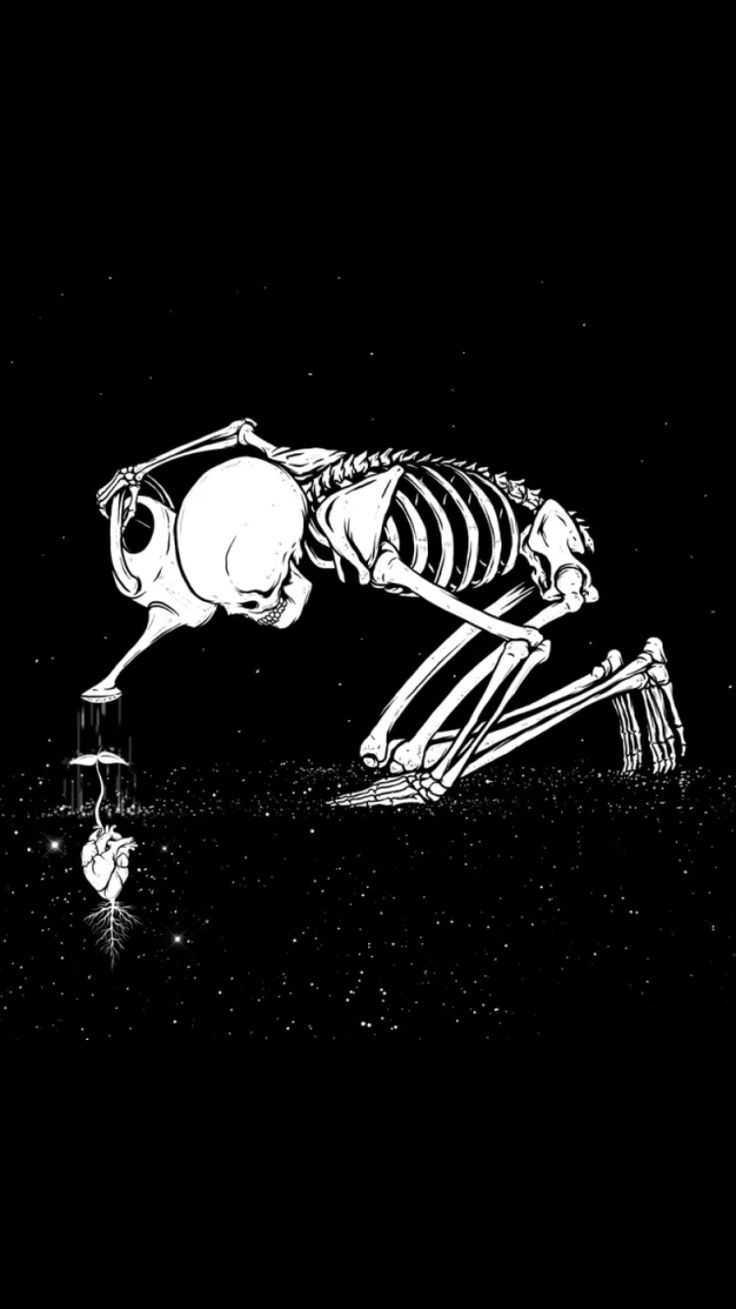
In short, this style seems to have its own low pressure, and the evaluation of this style is also very polarized. But you know what? “Gothic style” is not only dark and depressing, let’s take a closer look at what “Gothic style” is in Halloween aesthetics.
The dark “poison” of the Middle Ages
The name Gothic comes from the German “Goth” tribe. In the 15th century, people were eager to revitalize ancient Roman culture, so they launched a vigorous Renaissance movement. People during the Renaissance always had negative feelings about the Middle Ages. They called this period “Gothic”, which means barbarism and rudeness.
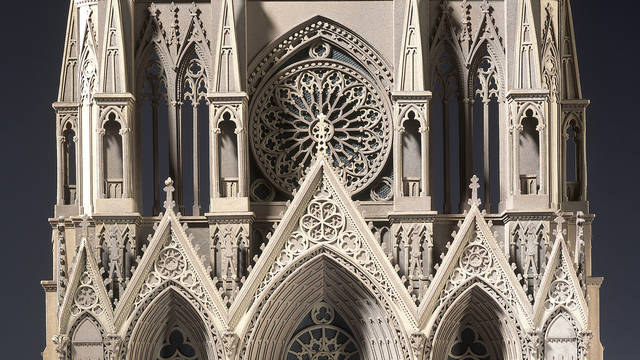
Therefore, “Gothic” is a typical art form in the Middle Ages (5th century to 15th century), originating from the mid-twelfth century, and is the dividing line between the classical era and the Renaissance era. During the Romantic movement around 1800, Gothic began to be considered to be associated with darkness, strangeness, ghosts, etc., and the prototype of Halloween aesthetics took shape. Today’s “Gothic” is widely used in many aspects such as architecture, literature, music, and clothing. With the development of the times, Gothic has been injected with fresher blood and has been given many meanings.
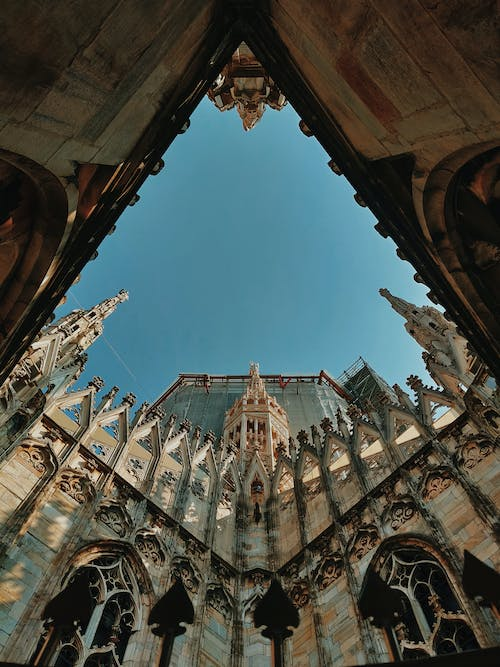
Gothic architecture – mystery in majesty
In the West from the 12th to the 15th century, religious rule was deeply rooted and cities were densely populated. Churches became the most important buildings in the city, exerting absolute control over the people in terms of mentality. At this time, Gothic architecture came into being. Gothic architecture is completely free from Roman influence, and its layout is free and lively. But in religious buildings it is more regular. Halloween aesthetics in religious buildings mainly reflect solemnity, solemnity and majesty.
Typical features of Gothic churches are ribbed vaults, flying buttresses, cross planes, beam columns, stained glass and reliefs. The ribbed vault is the tall, pointed spire that we can see on the outside of the church. Buttresses are a facility used to share the pressure of the main wall. In Gothic churches, the buttresses that were originally hidden by the roof are exposed, which is called flying buttresses.
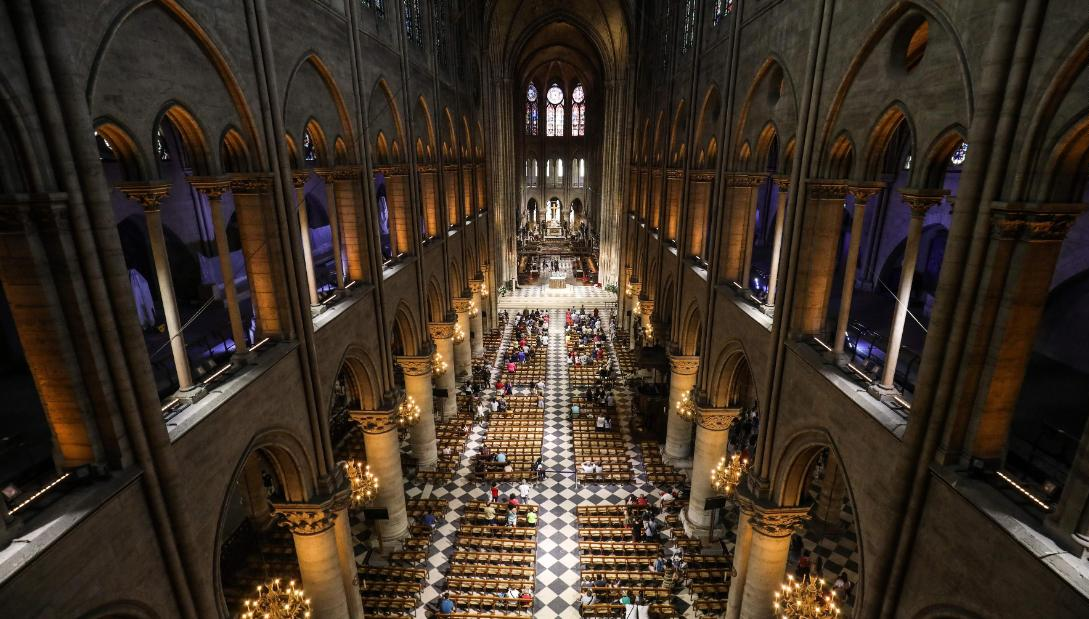
The cross plane refers to the plane design of the church, which is in the shape of a Latin cross and follows Romanesque architecture. The pillars of the church are no longer a single pillar, but many pillars are grouped together to form beams, which adds to the towering and majestic feel of the church. The flower windows and reliefs further add to the religious atmosphere of the church.
Gothic architecture is a landmark building that integrates religion, spirit, and region. It emphasizes the upward momentum, is mysterious and inviolable. Famous Gothic buildings include Notre Dame de Paris, Milan Cathedral in Italy, Cologne Cathedral in Germany, and Westminster Abbey in the United Kingdom.
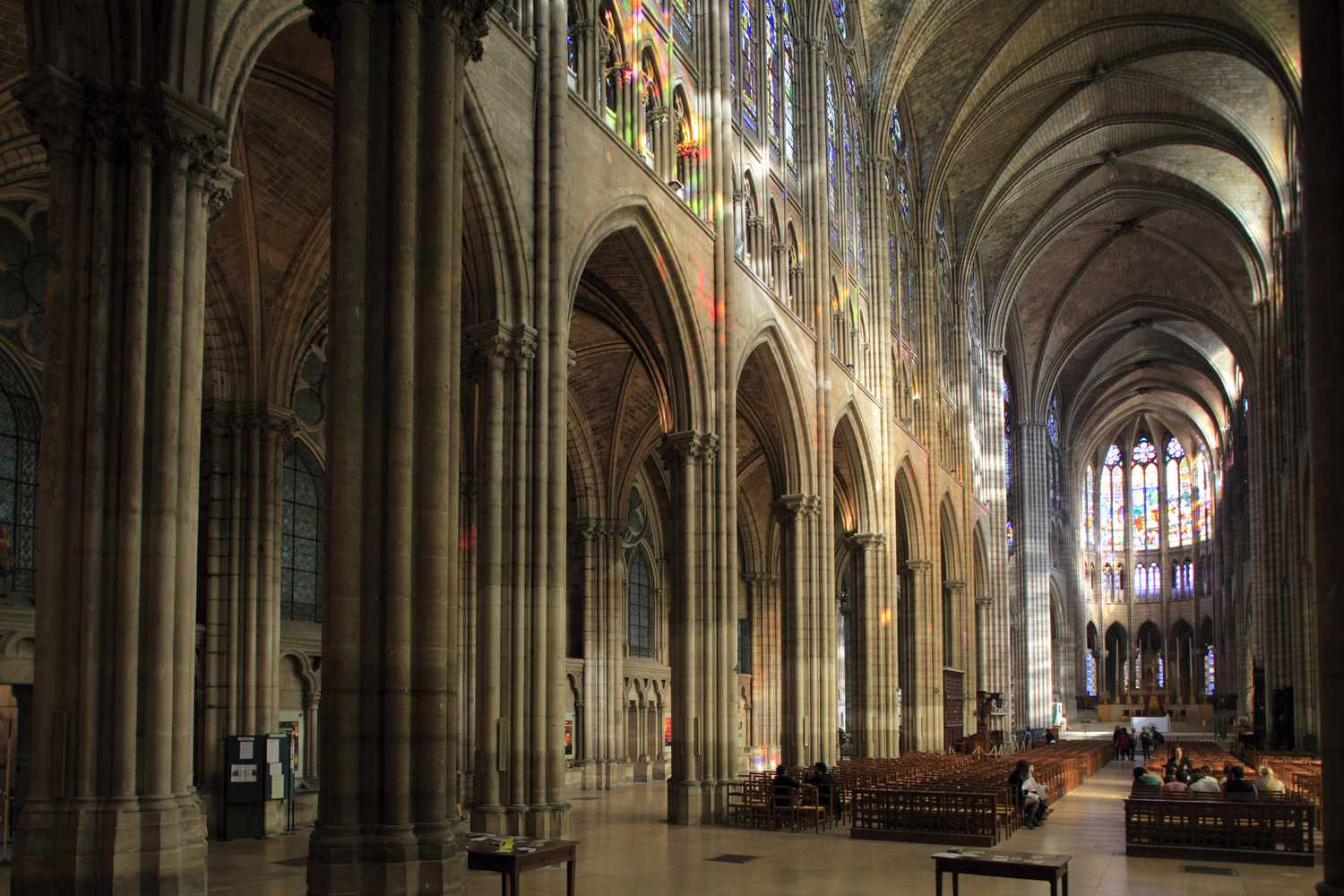
Gothic costumes – a blend of angels and devils
Gothic clothing
Influenced by architectural style, Gothic clothing has undergone obvious changes in tailoring, from straight-line tailoring to three-dimensional tailoring. Clothing has changed from two dimensions of front and back to three dimensions of front, back and side. It has also changed from the former Wide garments become narrow garments.
Gothic clothing style is mainly reflected in tall crowns, pointed shoes, and sharp edges such as pointed and sawtooth edges at the lower end of the skirt. The luster and vivid tones of fabrics or clothing are reflected in the flower windows in Gothic churches. Today’s Gothic clothing does not have a very clear standard, which is reflected in dark tones, tight tops and wide bottoms, as well as relief effects and lines on the exterior.

Gothic is a more distinctive Halloween aesthetic, mainly using dark tones, which is in sharp contrast to the minimalist Halloween aesthetic. For example, I shared before that carbi B’s Halloween costume is gothic!
2018 France Paris Autumn and Winter Men’s Fashion Week
On the show floor, Gothic style is also loved by some designers. Its exaggerated, light, strange and asymmetrical features make it easier to express the designer’s inner thoughts.
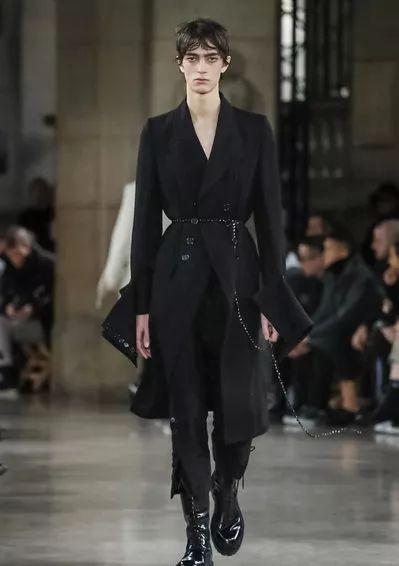
Gothic jewelry
Gothic jewelry mainly reflects a sense of rebellion, such as iron locks or nails, ties or collars with nails, and velvet ropes tied around the neck. Gothic jewelry also has many common elements, such as bats, demons, roses, skulls, crosses, etc. These elements are considered representatives of Gothic, and most Gothic tattoos also have these patterns. Gothic jewelry maintains the consistent dark color of Gothic style, with exaggerated shapes, dim tones, and mostly sharp angles.
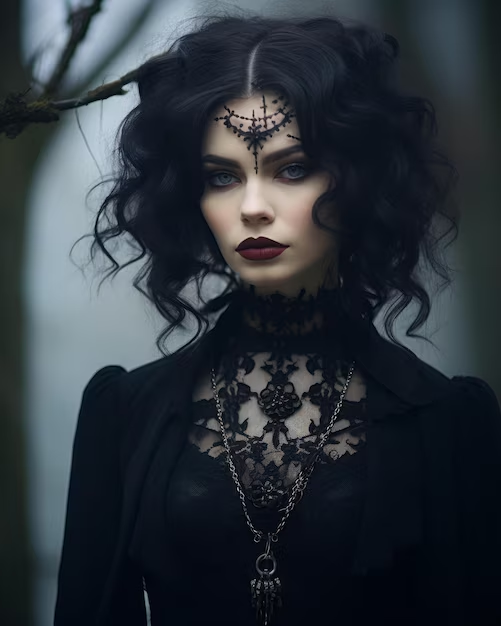
Gothic jewelry designer Stephen Webster
The famous Gothic jewelry designer Stephen Webster has many Gothic jewelry works and founded the jewelry brand of the same name. His personal style is very obvious in his works. He is keen on using gorgeous precious gemstones, supplemented by exquisite and strange shapes and dark and eerie temperament, and integrating Gothic, religious, animal and other elements to depict a jewelry world full of Halloween aesthetics.
In his jewelry, animal shapes usually include nocturnal creatures such as vampire bats and butterflies, which complement his dark and curious design style. At the same time, his jewelry is also good at revealing the negative emotions of humans and animals, using beautiful gemstones to depict the dark side of the world, forming a conflicting beauty in Halloween aesthetics.
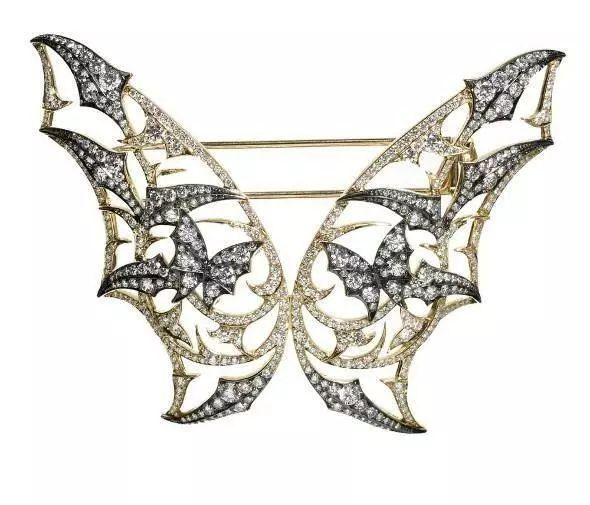
Bulgarian designer Stanislava Spasova
There is also Bulgarian designer Stanislava Spasova. If Stephen Webster’s jewelry works still reveal a little bit of cuteness, then Stanislava Spasova takes the “eerie” of Halloween aesthetics to the extreme. The headdresses and other accessories he designed, as well as the color combination of black, red, and dark blue, are like a funeral filled with blood. Animal forms are rarely seen in his works. He is better at using flowers, hollows, lace and other elements to create a Gothic atmosphere.
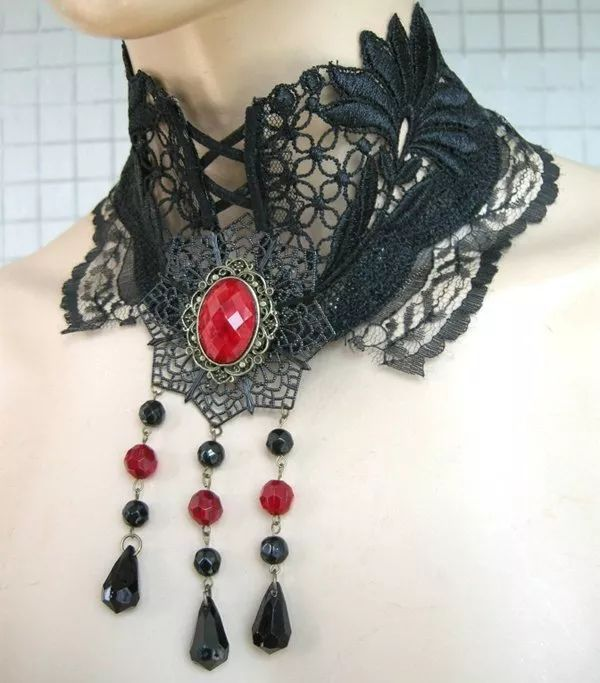
Polish designer Agnieszka Osipa
Agnieszka Osipa, a designer from Poland, also loves Gothic jewelry very much. She is very good at designing headdresses, and is especially good at transforming the traditional Russian headdress Кокошник, and using the model’s interpretation to bring out the rich Gothic style in her work.
Her style mainly focuses on the gorgeous and asymmetrical aspects of Gothic style. She is good at using dark metal and pearls to create a Gothic style. In addition to the standard darkness of Gothic style, her works also have a Halloween aesthetic. A sense of indifference and magnificence.
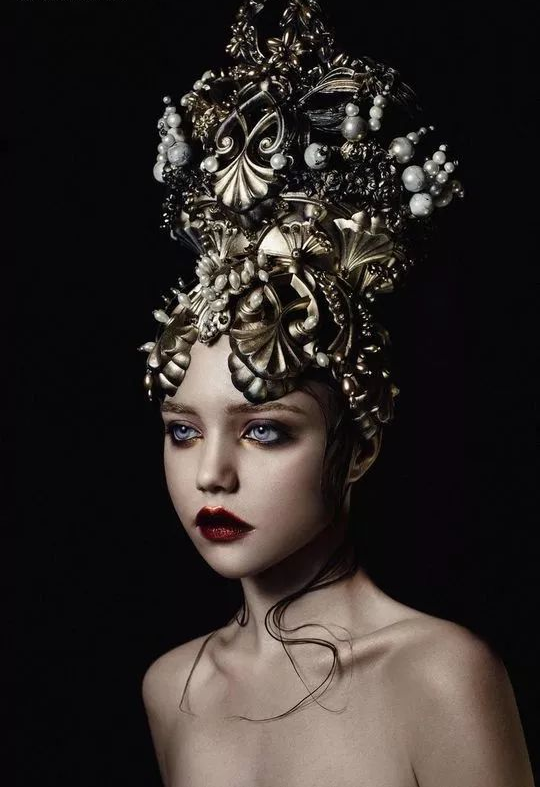
Gothic spirit – free and uninhibited soul
“Goth” is now understood as a sub-healthy cultural form. Many people define the people who like Goth as having “dark hearts”, and even think that they are a bit “spirited”. Today we will not “whitewash” Gothic style, because the dark elements in Gothic style are indeed not what we should pursue now. But I want everyone to see that Gothic is not just dark and depressing.
In terms of clothing, it has shifted from the previous “undifferentiated clothing between men and women” to the concept of “differentiated clothing between men and women”. There are many innovations in both tailoring and overall style, and it has the potential to “break the cage”.

Gothic is an ancient art style that has traveled through the centuries and manifested itself before us in a strange form. However, now we have too much prejudice against it, thinking it is inferior and unhealthy art, including an incomplete understanding of Halloween aesthetics. However, whether it is Halloween aesthetics, beauty or gothic art, there is still so much worth exploring, and I hope that one day, we will be able to understand them more fully.
